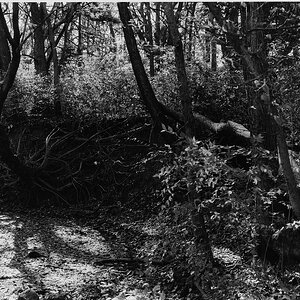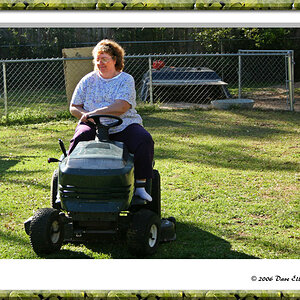Hope50
TPF Noob!
- Joined
- Sep 15, 2015
- Messages
- 1
- Reaction score
- 0
- Can others edit my Photos
- Photos OK to edit
I shoot with a canon 50mm 1.4. When I shoot a family of 4 or more, I would like to use an aperture of 4 or higher. When I raise my aperture, I am having problems exposing correctly. My shutter speed will be too low. I don't want to use a high ISO to adjust for this. Any suggestions?




![[No title]](/data/xfmg/thumbnail/35/35965-cac1057a7f2dd8e8aeeefed50ae8c080.jpg?1619737282)
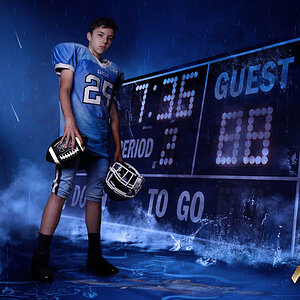
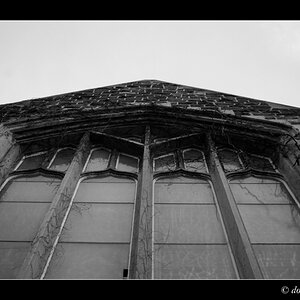
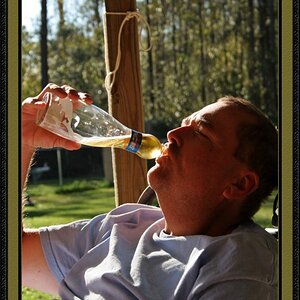

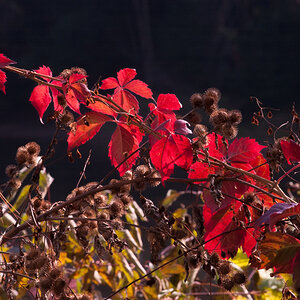
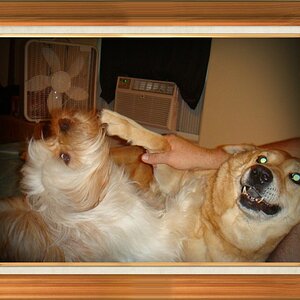
![[No title]](/data/xfmg/thumbnail/34/34076-d491e0e556e88ef7f797efcbe6083299.jpg?1619736268)
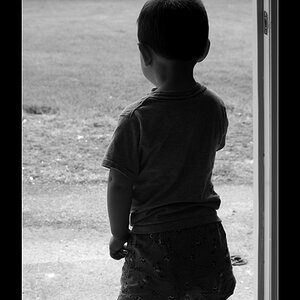
![[No title]](/data/xfmg/thumbnail/34/34078-48bd13f44e7bb42fdcc0154c5ee7c78e.jpg?1619736268)
